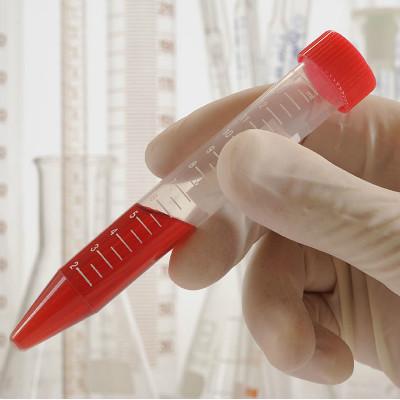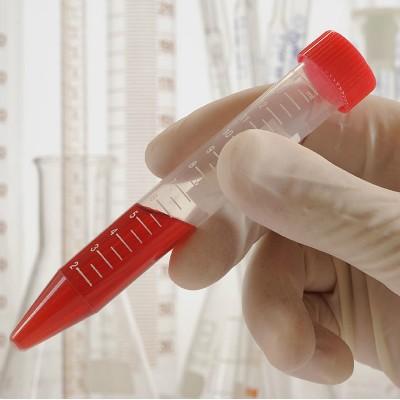Multiple hereditary osteochondroma?
summary
The incidence rate of multiple osteochondromatosis or multiple exosyrous bone is smaller than that of solitary osteochondroma. It is a skeletal dysplasia and can form bone upheaval in different sizes on the skeleton. It is an autosomal dominant hereditary disease. Most of the patients have a family history. The disease has many names, sometimes called hereditary malformation, chondrodysplasia, or diaphyseal sequestration. The latter mainly refers to the abnormal shape of the whole affected bone. In severe cases, all the bones of endochondral ossification are abnormal to varying degrees. Long tubular bone adjacent to the knee and ankle was the most common site. What is the specific matter of multiple hereditary osteochondroma?
Multiple hereditary osteochondroma?
The ratio of clinical manifestation to single osteochondroma was 1 ∶ 10. Because of its multiple characteristics, the onset time of its symptoms is earlier than that of single osteochondroma, generally before 10 years old. Mild cases (especially in women) can be latent for life. The ratio of male to female was 2 ∶ 1.
Clinical manifestations, according to nearly 2 / 3 of the cases showed that it is hereditary. If one of the parents has multiple hereditary osteochondroma, about half of the offspring will inherit the disease, which is more common in male offspring. In a family with this disease, if a male member is normal, he will not inherit the disease to his offspring; On the contrary, in the same family, even normal women can pass the disease on to their offspring. In other words, in men, both disease and heredity are present; In women, the disease can be latent or unobvious, but it can be passed on to offspring.
Clinical manifestations, generally diffuse, symmetrical onset, all the cartilage of the bone can become the site of osteochondroma, growth bone metaphysis, soft end of the bone tumor more and larger, especially adjacent to the knee, shoulder, hip, wrist and ankle parts, but occurred in the elbow is rare and light. Multiple hereditary osteochondroma is also common in the trunk bone, which occurs near the ossification center of the second or osteoid process. In the scapula, it is mainly near the spinal margin, inferior horn, acromion, glenoid joint and coracoid process; In pelvis, it is mainly iliac crest; In spine, it is mainly located in spinous process and transverse process; In the ribs, it is more common at the osteochondral junction or posterior end. Except for calcaneus with secondary ossification nucleus, multiple hereditary osteochondromas do not occur in carpus and tarsals, because the occurrence of these bones is the same as epiphysis.
matters needing attention
For more serious bone deformities, osteotomy or resection of the bone end can be performed after the patient reaches adulthood. If the dislocation of brachioradial joint or lower radioulnar joint occurs and the rotation function of forearm is obviously limited, radial head or ulnar head resection is feasible. For patients with obvious ulnar deviation, distal radius osteotomy is feasible, and proximal tibial osteotomy is feasible for patients with obvious tibial valgus.













